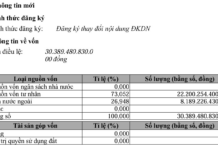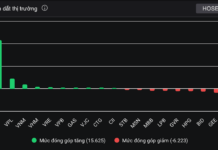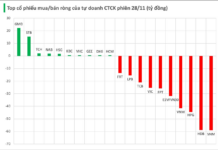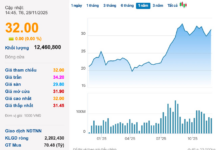Vietnam’s ‘Slide’ in Upper-Middle-Income Group Due to New Classification
According to the World Bank (WB), in 2023, Vietnam’s gross domestic product (GDP) reached nearly $430 billion, and its per capita income reached nearly $4,347. This is a significant increase from the $100 per capita when Vietnam first opened its economy in 1988 and over $1,000 when the country joined the World Trade Organization (WTO) in 2007.
Vietnam’s rapid growth in per capita income has outpaced many countries in the region, including Thailand and the Philippines. In 1986, Thailand’s per capita GDP was $836, and by 2007, it had increased to $3,935, a growth of 4.7 times. By 2023, Thailand’s per capita GDP further rose to $7,172.
With its consistent growth rate of 6-8%, Vietnam has been considered to have entered the upper-middle-income group, alongside countries like Malaysia, Thailand, and Indonesia.
However, according to the latest classification for 2023-2024, Vietnam has not yet made it to the upper-middle-income group. The new classification, effective from July 1, 2023, to July 1, 2024, categorizes countries into four groups based on per capita income. Countries with a per capita income below $1,135 are classified as low-income, those between $1,136 and $4,465 as lower-middle-income, those between $4,466 and $13,845 as upper-middle-income, and those above $13,845 as high-income.
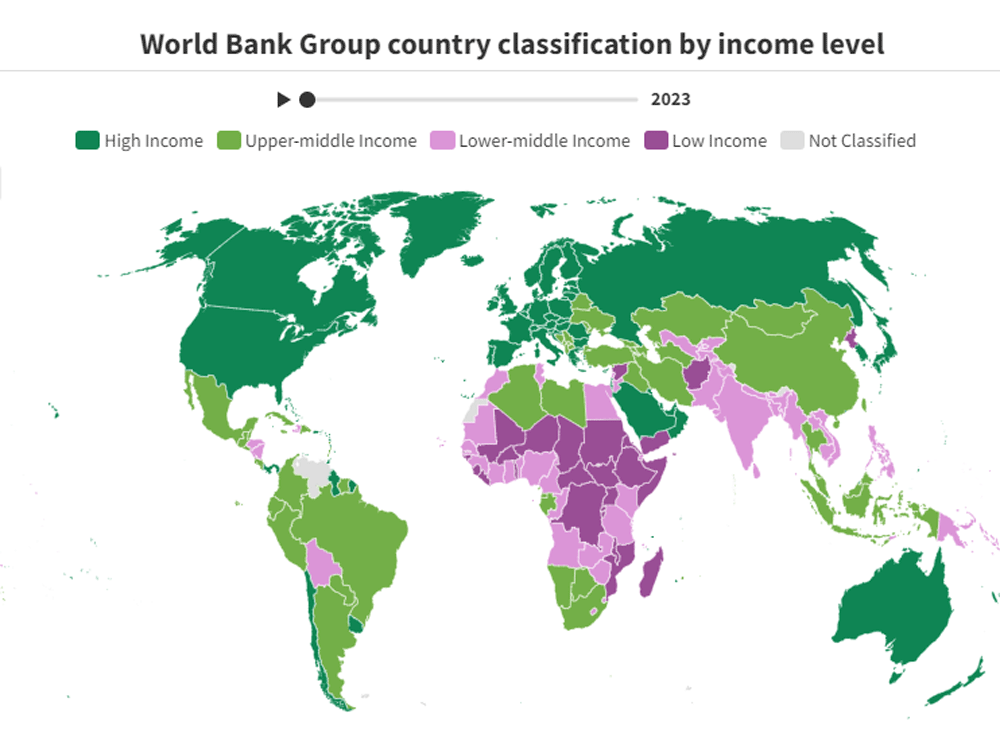 Vietnam remains in the lower-middle-income group. Source: WB |
In 2023, Vietnam’s per capita income of nearly $4,347 places it in the lower-middle-income group. For the classification effective from July 1, 2024, onwards, the upper-middle-income group is defined as countries with a per capita income between $4,516 and $14,005.
Malaysia, Thailand, and Indonesia are in the upper-middle-income group, with per capita GDP in 2023 of $11,690, $7,172, and $4,920, respectively. Singapore and Brunei are in the high-income group, with GDP per capita of $84,734 and $29,133, respectively.
While Vietnam may have been considered upper-middle-income under the previous classification, the new criteria show that the country needs more time. With a growth rate of 6.5% in 2024 and a modest increase in population, Vietnam’s per capita income is expected to increase by over $280, which would be sufficient to enter the upper-middle-income group with a criterion of $4,516-$14,005.
Vietnam’s 2050 Target: $32,000 per Capita, but When Will it Surpass Indonesia?
In late 2022, the Vietnamese government presented the National Master Plan for the 2021-2030 period, with a vision towards 2050, to the National Assembly.
The plan aims for Vietnam to become a developing country with a modern industry and upper-middle income by 2030. The target for 2050 is to achieve a per capita GDP of $27,000-$32,000, with an average growth rate of 7% from 2021 to 2030. By 2030, Vietnam aims for a per capita GDP of $7,500 and a population of around 105 million.
Looking further ahead, from 2031 to 2050, Vietnam aims to become a developed, high-income country, with a growth rate of 6.5-7.5%.
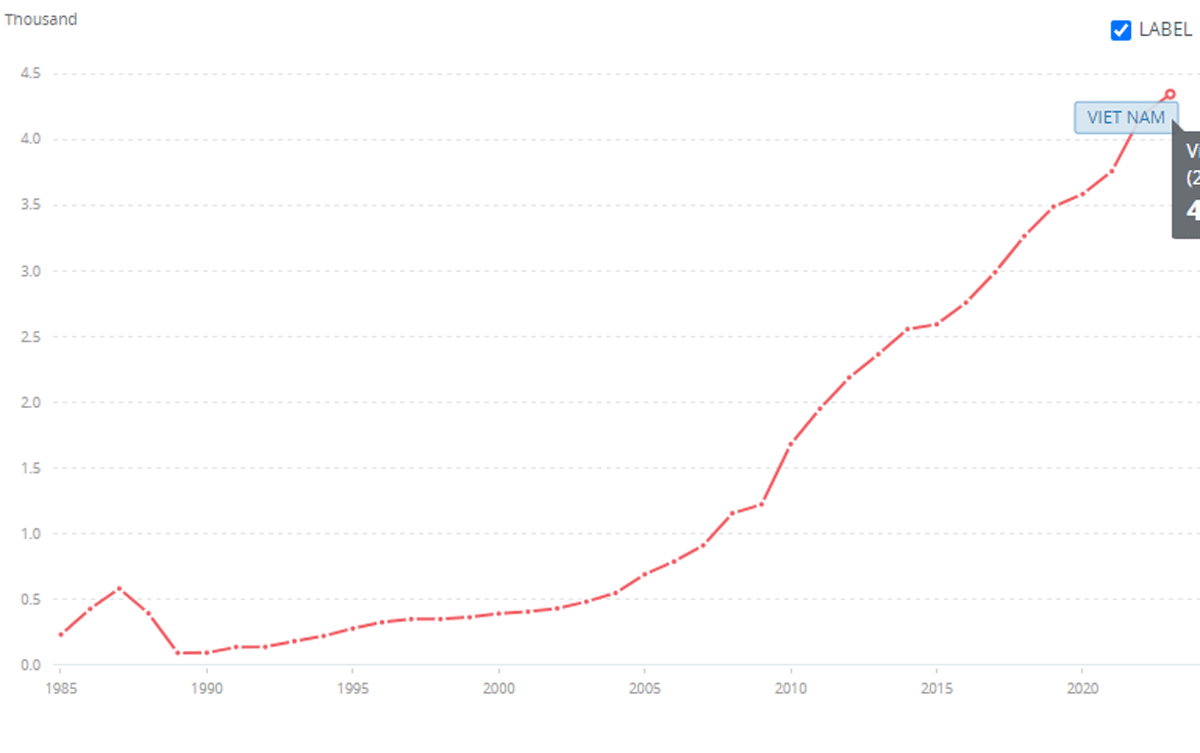
Vietnam’s GDP per Capita. Source: WB |
As of 2023, Vietnam’s per capita GDP still ranks sixth in Southeast Asia, after Singapore, Brunei, Malaysia, Thailand, and Indonesia. However, the International Monetary Fund (IMF) predicts that Vietnam will surpass Indonesia in per capita GDP by 2026.
Previously, it was estimated that it would take Vietnam over 10 years to catch up with Thailand, nearly 20 years to reach Malaysia’s level, and 50 years to surpass Singapore in terms of per capita GDP. However, these estimates are based on assumptions, and in reality, there are many variables at play. For example, if countries maintain their growth rates from the past decade, it could take Vietnam over 50 years to surpass Malaysia and more than a century to catch up with Singapore.
According to the IMF, by 2026, Vietnam is expected to move up to fourth place in the ASEAN-6 group in terms of per capita GDP, reaching $6,140, following Singapore ($97,316), Malaysia ($17,121), and Thailand ($9,480), and surpassing Indonesia ($6,125) and the Philippines ($4,801).
However, Vietnam has the potential to accelerate its growth even further due to several factors. Vietnam is one of the few countries that have maintained rapid growth post-pandemic. The country has a highly open economy, participates in numerous bilateral and multilateral trade agreements, and is a significant destination for FDI. Additionally, Vietnam is a crucial link in the global supply chain and has established comprehensive strategic partnerships with major economies such as China, Russia, the US, and Japan.
Mạnh Hà
Overcome challenges, drive WB-funded projects
On the afternoon of March 9th, in the city of Can Tho, the Ministry of Planning and Investment chaired the first meeting of the Task Force to oversee, review, resolve difficulties, and promote the implementation of projects funded by the World Bank (WB) in the provinces and regions of the Mekong Delta, Ho Chi Minh City, and Binh Duong.












